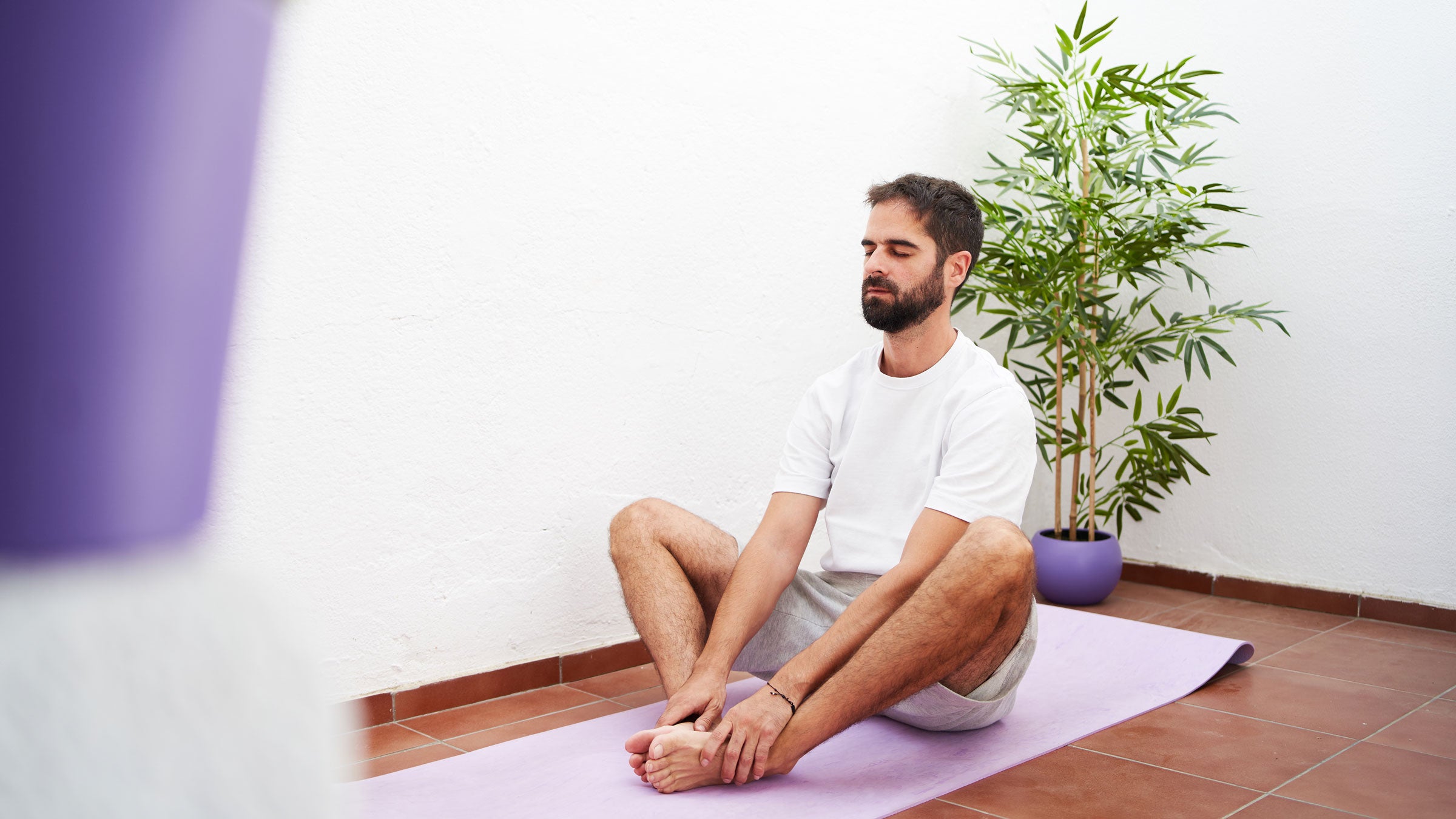You’ve heard it before, and you’ll hear it again: Stretching is essential for a well-rounded workout routine, especially if you ask a lot of your body. But if you’ve been doing the same cool-down routine since high school track, trainers say you may have hit a plateau— especially when it comes to your hips.
“Stretching and mobility are key to and the effectiveness of your workout,” says , founder of the Pilates streaming service . If you’re neglecting the and flexibility of your hips, you may not be able to perform hip-reliant movements, such as squats. “When we’re limited in movement, our body figures out how to compensate for that limitation, which ultimately can lead to further problems due to this incorrect use or overuse of muscles and joints,” says , a strength and mobility coach and .
And hear this: your lackluster hip stretching and mobility routine affects more than just that critical joint. It also may tweak your back. For example, sitting for hours at a time can shorten your hip flexors and weaken your hip muscles, explains Donohoe. Eventually, this combination may cause your back to overcompensate and become injured. However, with the proper recovery regimen, you can counteract the effects of all that driving and desk work.
So, how do you know when it’s time to switch things up? Below, Donohoe and O’Carroll run through two key indicators that your hips are in need of some additional attention—and offer their advice on how to give them just that.
2 Signs Your Hips Need Additional Support
You Feel Core Workouts in Your Hips Instead of Your Abs
According to O’Carroll, this is a common sign that your recovery routine is becoming lackluster. If you’re feeling those crunches in your hip flexors instead of your abdomen, it may indicate that your hips are weak—and in need of some additional care. In this case, O’Carroll recommends focusing on building flexibility and mobility with (placing your feet on blocks when necessary), a butterfly stretch, and . By improving mobility, you can make sure you’re turning on those abdominal muscles during your workout, she says.
You Can’t Go Below 90 Degrees in a Squat
If you once could go below 90 degrees in a squat but now find it difficult, that could be another signal that you may need to revamp your stretching routine, O’Carroll says. Having difficulty squatting usually starts with inflexible hips. “Flexibility allows us to maximize our range of motion, for instance, allowing us to get deeper in a squat,” she says. The same logic goes for other workout moves. For example, if you notice that you can no longer lunge forward or backward, it may be due to a lack of mobility in your hips.
How to Strengthen Your Hips Through Flexibility and Mobility
It’s not just you and your hips. Donohoe says most of us could benefit from giving a bit more attention to these critical joints—especially if you’re not moving much during the day. “Your hips are the junction between your upper and lower body,” he says. “We’ve heard that ‘the hips don’t lie,’ and it’s true.”
He recommends committing to a daily 10-minute routine that focuses on mobility and flexibility exercises, such as kneeling lunges, a figure four stretch, and . Here’s how to practice them.
Half Kneeling Lunge for Hip Flexors
Performing this stretch will help open up your quadriceps, hip flexors, and psoas, Donohoe says. While in , maintain an upright posture. Engage your core and gently rotate the pelvis up towards your belly button to effectively engage the stretch.
Seated Figure Four Stretch
Sit upright on a bench or chair and cross one leg on top of the other, resting your ankle on the thigh of the supporting leg. Your legs should create a “figure 4” shape. Maintain a tall posture with an engaged core. To increase the stretch in your glute and piriformis, gently hinge your upper body forward.
Seated 90/90 Stretch
While in a seated position on the floor, gently rotate one hip externally and the other hip internally, creating a 90-degree angle with each leg. Hold for 10 to 15 seconds and switch to the other side.
These types of stretches will allow your hips to move in multiple directions—a key sign of joint strength. Plus, suggests that focusing on increasing joint mobility is a critical aspect of injury prevention and reduction, he says.
However, if you find that your best attempts at building mobility and flexibility aren’t cutting it, consult a professional, like a doctor or a physical therapist. They’ll be able to help you build the best regimen for your body’s needs so that you can focus on chasing waterfalls, climbing mountains, and running trails.


